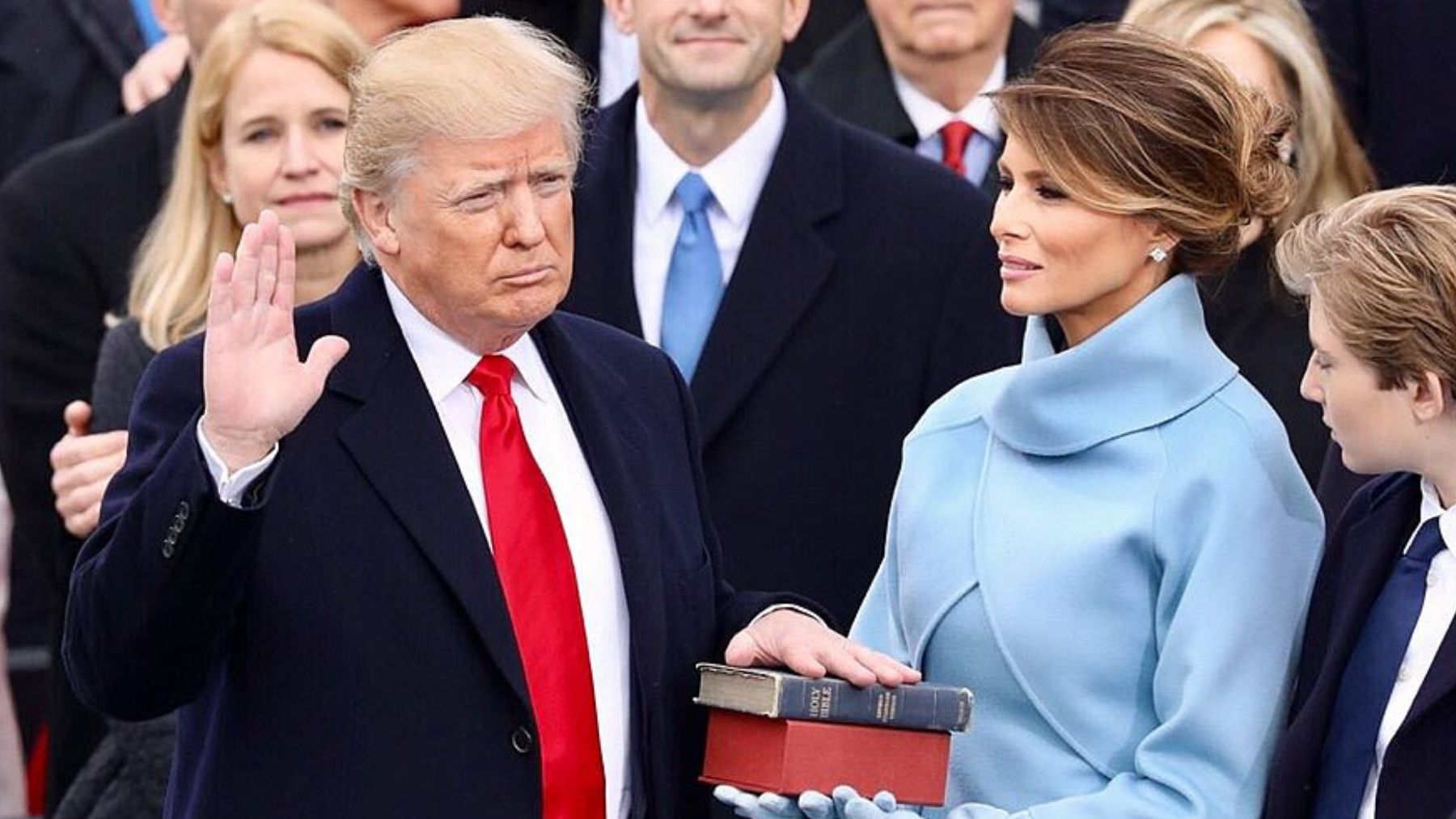A red tie has a way of grabbing attention before you even say a word. In American politics, business, and media, it instantly signals strength and intent. It’s a bold color that carries decades of cultural weight, from Wall Street boardrooms to presidential stages.
In the following sections, we’ll look at why this simple accessory sends such a strong message. We’ll break down the psychology behind color perception, how red ties function in high-pressure environments, and why leaders from corporate CEOs to public figures like Donald Trump use it as part of their public image. We’ll also explore how other tie colors shape first impressions and what they communicate.
The meaning of a red tie in moments of power
A red tie stands out because the color itself has deep psychological roots. Red boosts alertness, increases heart rate, and signals energy. In the U.S., it’s strongly linked to authority and determination. When someone walks into a meeting wearing a red tie, it shows confidence before the conversation even starts.
In American politics, red has long been connected to influence and leadership. Presidents, senators, and high-profile candidates use it during debates, speeches, and major announcements, especially when they want to project control. Donald Trump made the long, bright red tie part of his signature style for exactly that reason. Whether people loved or disliked him, the color choice reinforced an image of force and dominance.
In business settings, the message is similar. A red tie on Wall Street, in a courtroom, or in a negotiation suggests someone comfortable taking charge. It works well when you need to look assertive, sharp, and fully engaged. Even outside formal spaces, the color creates an impression of drive and ambition.
The impact also shows up in interpersonal interactions. People tend to view someone in a red tie as direct and decisive. In interviews or presentations, it can signal preparedness and a willingness to lead. It’s a subtle way of saying you’re ready to own the room.
Other tie colors and what they communicate
Red may be the boldest choice, but every tie color sends its own message. Here’s what the most common colors usually say:
- Navy blue: Reliable and trustworthy. This is the go-to color for job interviews, Congress hearings, and corporate announcements. It’s safe, steady, and widely accepted across industries.
- Light blue: Approachable and calm. It works well in collaborative settings or moments when you need to put others at ease.
- Gray or silver: Neutral and balanced. Often worn in environments where professionalism matters more than personal flair.
- Black: Serious and formal. More common at evening events or high-end settings. It can feel too heavy for daytime business unless paired carefully.
- Green: Fresh and unconventional. Often linked to creativity or environmental fields. Viewed as friendly but less authoritative.
- Purple: Confident and unique. In the U.S., it carries associations with wealth and individuality, but it can read as theatrical in very traditional workplaces.
- Brown or earth tones: Warm and grounded. These ties suggest steadiness but are less common in formal power settings.
Each of these colors changes how a person is perceived. Understanding those cues helps you use them strategically, whether you’re heading into a job interview, a pitch meeting, or a public appearance.
